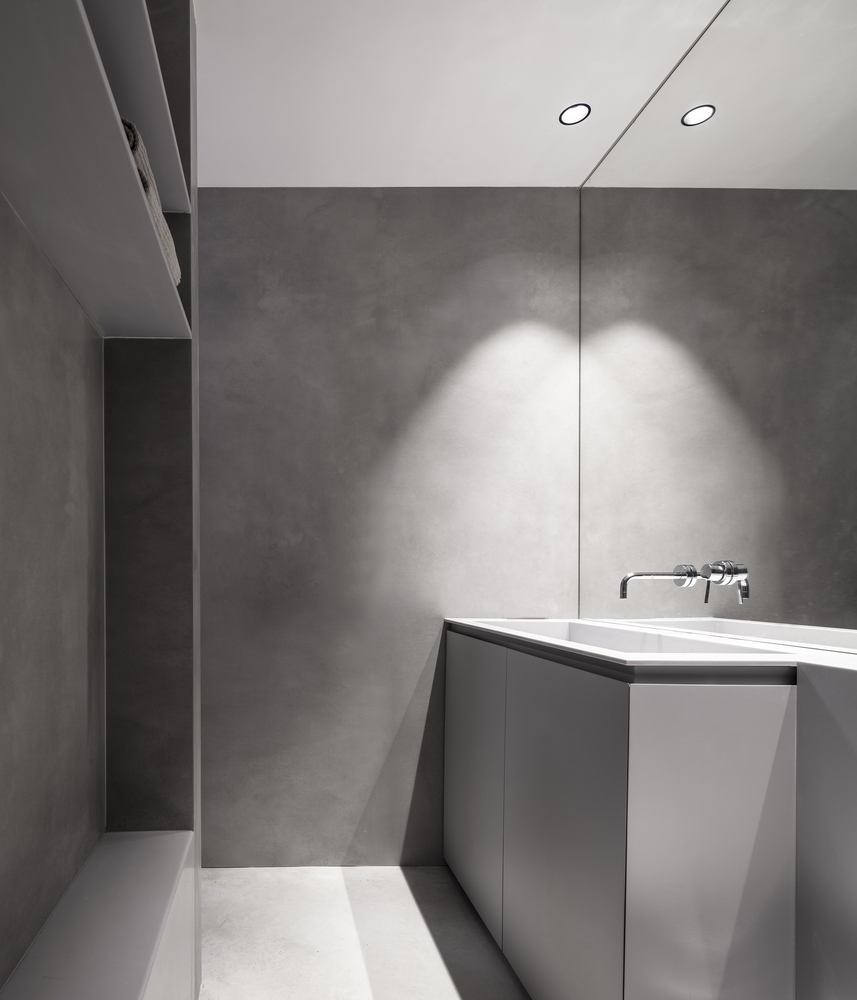Louvre Lens SANAA
2012-12-29 12:00
MEP和结构工程师Betom ingénierie能源和舒适概念转换计划环境设计工程师Hubert Penicaud结构概念顾问Sasaki
MEP and Structural Engineers Betom Ingénierie Energy and Comfort Concept Transplan Environmental Design Engineers Hubert Penicaud Structure Concept Consultant Sasaki & Partners Structural and Facade Engineering Bollinger & Grohmann Artificial and Natural Daylighting Arup Manufacturers Loading... More Specs Less Specs
© Julien Lanoo
朱利安·拉诺


法国摄影师JulienLanoo与我们分享了卢浮宫的新姐妹画廊:卢浮宫透镜。这个设计最初是作为2006年国际竞赛的一部分而设计的,是由萨那普利茨克奖得主与纽约工作室Imrey Culbert、景观设计师Catherine Mosbach和博物馆设计师阿德里安·加代尔(Studio Adrien Gardère)合作创作的。
French photographer Julien Lanoo has shared with us a first look at the Musée du Louvre’s new sister gallery: Louvre Lens. The design, first conceived as part of an international competition in 2006, was created by the Pritzker Prize laureates of SANAA, in collaboration with New York studio Imrey Culbert, landscape designer Catherine Mosbach and museographer Studio Adrien Gardère.
© Julien Lanoo
朱利安·拉诺


这座360米长的钢和玻璃结构被整合在20公顷的荒地内,这片荒地在20世纪60年代以前曾被用作煤矿。预计每年将吸引50万游客,并预计将有助于振兴这座后工业城市。
The 360 meter long, steel and glass structure is integrated within a 20 hectare wasteland that was originally used as a coal mine before the 1960s. It is expected to attract 500,000 visitors every year and envisioned to help revitalize the post-industrial town.
© Julien Lanoo
朱利安·拉诺


继续阅读建筑师的描述。
Continue reading for the architects’ description.
卢浮宫透镜把博物馆安置在一个前矿场上的选择,说明了博物馆参与矿区改造的意图,同时保留了丰富的工业历史。卢浮宫-透镜遗址位于20公顷的荒地上,曾经是一个主要的煤矿,自1960年关闭以来就被自然接管。这片土地呈现出一些轻微的海拔,这是由于矿井的过量填土造成的。
Louvre Lens The choice of placing the museum on a former mine illustrates the intent of the museum to participate in the conversion of the mining area, while retaining the richness of its industrial past. The Louvre-Lens site is located on 20 hectares of wasteland that was once a major coal mine and has since been taken over by nature since its closing in 1960. The land presents some slight elevation, the result of excess fill from the mine.
© Julien Lanoo
朱利安·拉诺


来自萨那(Sanaa)、Sejima和约(Kazuyo Sejima)和西泽琉球(Ryue Niszhawa)的日本建筑师希望避免建造一座占主导地位的堡垒,而选择一种低而易达的建筑,这种建筑不会因它的存在而让它这个结构由五座钢和玻璃建筑组成。有四个长方形和一个大的正方形,墙壁有轻微的弯曲,其角与之接触。
The Japanese architects from SANAA, Kazuyo Sejima and Ryue Nishizawa wanted to avoid creating a dominating fortress, opting instead for a low, easily accessible structure that integrates into the site without imposing on it by its presence. The structure is made up of five building of steel and glass. There are four rectangles and one large square with slightly curved walls whose angles touch.
Basement Floor © SANAA
地下室层(萨那)


它让人想起卢浮宫,它的翅膀几乎是平的。建筑师们想让人想起一条河上的小船,它们在一起轻轻地靠在一起,正面是抛光的铝制建筑,里面是公园的倒影,确保了博物馆与周围景观的连续性。屋顶部分是在玻璃中,反映了一个特别的优点带来的光,无论是展示作品和能够从建筑物内的天空。
It is reminiscent of the Louvre palace, with its wings laid almost flat. The architects wanted to bring to mind boats on a river coming together to dock gently with each other. The facades are in polished aluminum, in which the park is reflected, ensuring continuity between the museum and the surrounding landscape. The roofs are partially in glass, reflecting a particular advantage to bringing in light, both for exhibiting the works and for being able to the sky from inside the building.
© Julien Lanoo
朱利安·拉诺


自然光是通过屋顶的遮挡装置和形成天花板的内部阴影来控制的。作为对拱形天花板的回应,表面保留了季节、时间和展览的变化。
Natural light is controlled by means of a concealment device in the roof and interior shades forming the ceiling. Designed as an answer to the vaulted ceiling, the surface retains in its light the change of seasons, hours and exhibitions.
整个建筑面积2.8万平方米,从透明玻璃中央门厅的一端延伸到另一端,全长360多米。位于入口东侧的建筑物-格兰德·加利利(Grande Galerie)和玻璃馆-主要是卢浮宫的收藏品。
The entire structure of 28,000 square meters extends over 360 meters long from one end of a central foyer in transparent glass to the other. The buildings located to the East of the entrance – the Grande Galerie and the Glass Pavilion – primarily house the Louvre’s collections.
Elevation © SANAA
海拔(萨那)


Section AA © SANAA
AA节(萨那)


入口处西面是临时展览馆和拉舍内展厅,这是一个巨大的新一代礼堂,它的节目与展览有着直接的关系。
To the West of the entrance is the temporary exhibition gallery and La Scène, a vast – new generation – auditorium, whose programs are in direct relation with the exhibitions.
© Julien Lanoo
朱利安·拉诺


博物馆还包括一个巨大的,无形的,两层空间,深埋在填补从现场。这一空间将专门用于为公众提供服务,但也将用于博物馆的储存和后勤功能。两座独立的建筑提供行政服务,位于南方,一家餐厅位于北方,从而在博物馆、公园和城市之间建立了联系。
The museum also includes a large, invisible, two level space, buried deep in fill from the site. This space will be dedicated to service functions for the public, but will also be used for storage and logistical functions of the museum. Two independent buildings house the administrative services, to the South, and a restaurant, to the North, thus establishing a link between the museum, the park and the city.
参考资料:Sanaa,bdonline
Reference: SANAA, BDOnline




























































Architects SANAA
Location 99 Rue Paul Bert, 62300 Lens, France
Category Gallery
Gallery Design Imrey Culbert
Landscape Designer Catherine Mosbach
Project Year 2006
Photographs Julien Lanoo
Manufacturers Loading...
























